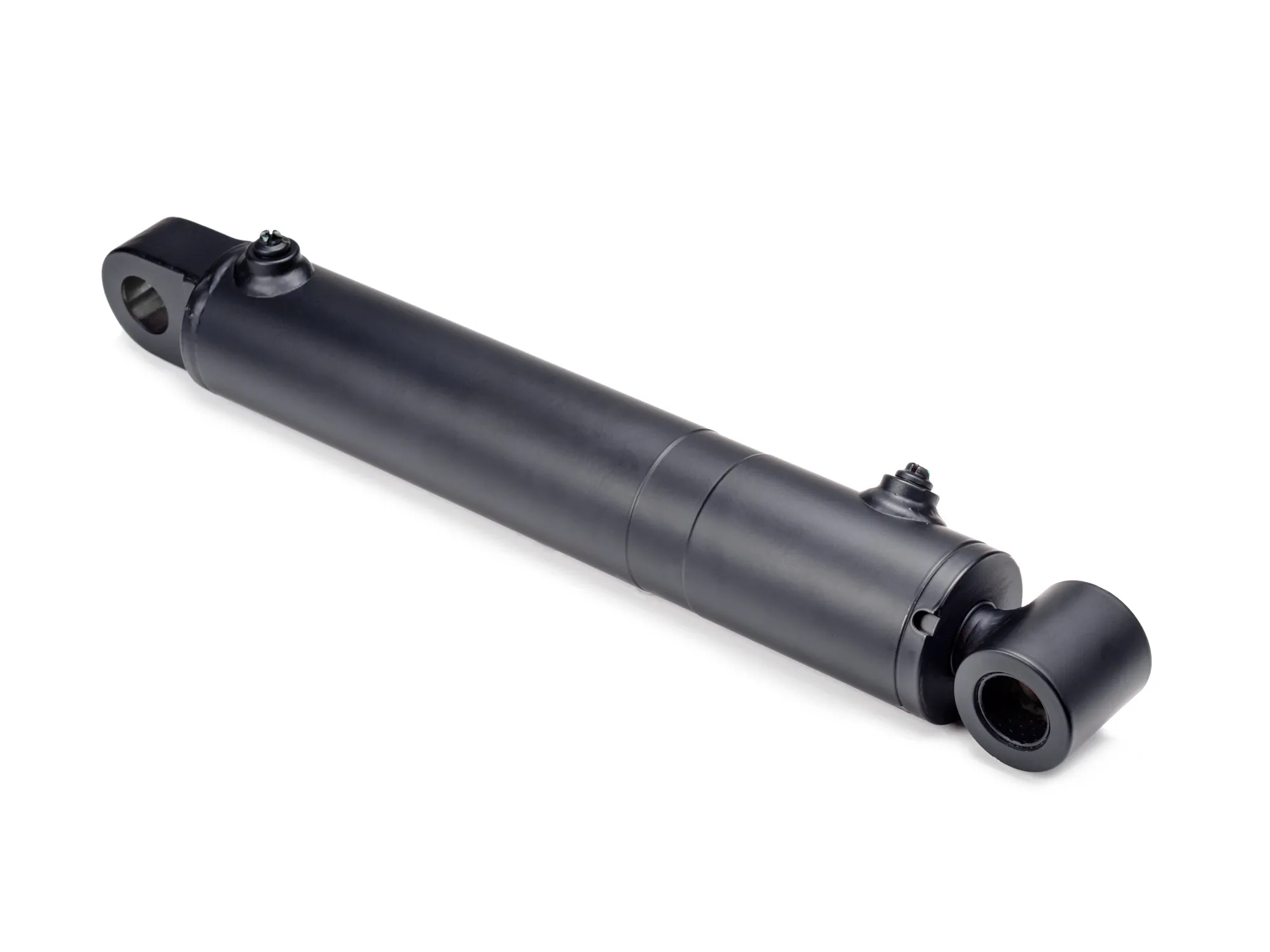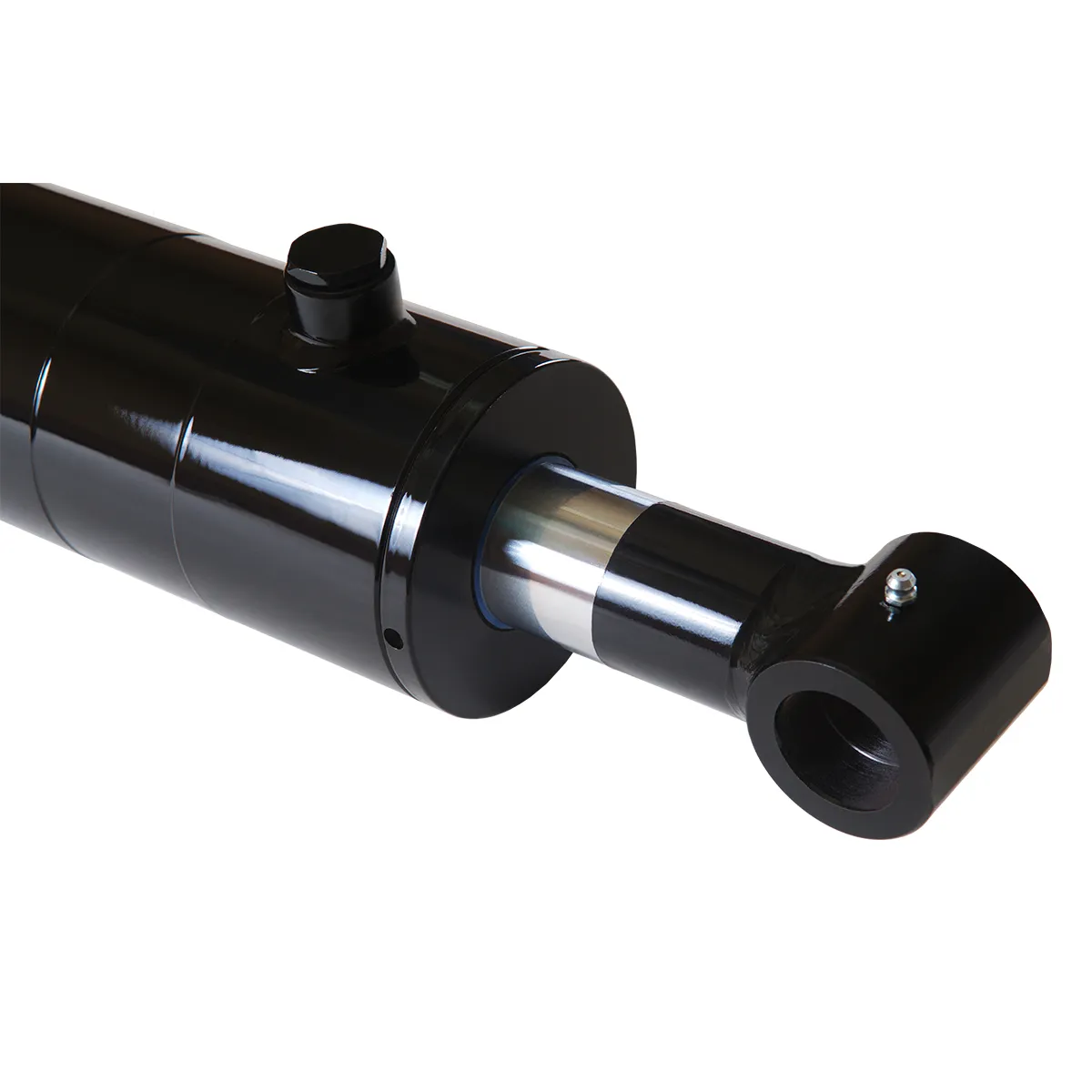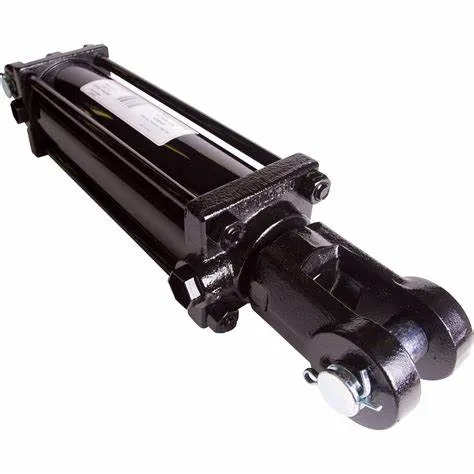Introduction: Understanding Locking Single-Acting Hydraulic Cylinders
Key Words Definition
The term “Locking Single-Acting Hydraulic Cylinder” refers to a hydraulic cylinder that operates in one direction under hydraulic pressure and includes a locking mechanism to prevent movement when pressure is lost.
Design and Construction Characteristics
Locking Mechanism – Safety
One of the key features of a locking single-acting hydraulic cylinder is its locking mechanism, which ensures that the piston remains in a secure position even if hydraulic pressure is lost. This mechanism can be either mechanical or hydraulic, providing added safety.
Variety
The design of the locking mechanism can be customized to suit specific applications, such as using spring-loaded locking devices, pin locks, or other mechanical locks. This versatility makes it adaptable to various equipment and machinery.
Compact Structure – Space Optimization
Locking single-acting hydraulic cylinders are designed to be compact, making them ideal for use in limited space environments. This feature allows them to be easily integrated into a wide range of equipment and machinery.
Precision Manufacturing – High-Precision Machining
These cylinders require components to be machined with high accuracy to ensure proper fit and sealing performance, minimizing the risk of leakage. Strict quality control measures are also implemented during production to maintain reliability.
Assembly Process
Professional technicians handle the assembly process to ensure correct installation and calibration of components. Pressure tests are conducted post-assembly to verify performance and tightness.
Working Principle
Single-Acting Mechanism
When hydraulic oil is pumped into the chamber, the cylinder extends and pushes the piston outward. Retraction is achieved through a locking mechanism rather than hydraulic pressure, ensuring the piston remains stationary.
Locking Mechanism
The locking function can be mechanical (e.g., pin or latch) or hydraulic, preventing the piston from retracting under load even if hydraulic pressure is lost. This feature enhances safety and stability.
Types and Configurations
Standard Type
This type features a basic locking mechanism suitable for general applications where safety and reliability are paramount.
Customized Type
Customized locking mechanisms tailored to specific requirements or industries, providing enhanced functionality and performance.
Specialized Type

Designed for unique applications that demand specialized locking features, offering advanced capabilities for specific needs.
Benefits
Enhanced Security
Locking mechanisms reduce the risk of accidental retractions, improving operator safety and equipment stability.
Reliability
These cylinders are designed to operate effectively under high loads and varying conditions, ensuring consistent performance and longevity.
Simplicity
Easy to operate and maintain, making them user-friendly for a wide range of applications, enhancing efficiency and productivity.
Applications
Construction Equipment
Commonly used in cranes, hoists, and lifts to securely hold heavy objects in place, ensuring safety and stability during operations.
Manufacturing
Utilized in presses where materials are formed under high pressure, requiring firm fixation during processing stages.
Transportation
Found in stabilizers and jacks for vehicles, ensuring safety during maintenance and transportation operations.
Design Considerations and Selection Criteria
Bearing Capacity
Understanding the load-bearing capacity of the cylinder is crucial for selecting the right model that can handle specific requirements.
Sealing and Durability
Seals must be made of high-quality materials to ensure longevity and prevent leaks, enhancing the overall durability of the cylinder.
Safety and Maintainability
Ensuring safety features are integrated into the design and considering maintenance requirements can prolong the lifespan of the cylinder.
Sealing and Lubrication

Seal Materials
Utilizing durable materials such as polyurethane and nitrile rubber for piston and rod seals enhances wear resistance and longevity.
Lubrication
Regularly filling the cylinder with the appropriate amount of hydraulic oil ensures smooth operation and reduces friction for optimal performance.
Preventive Maintenance
Regular Inspection
Schedule routine inspections to detect potential issues early and address them promptly, minimizing downtime and costly repairs.
Proper Lubrication
Ensure proper lubrication of moving parts to prevent wear and tear, extending the lifespan of the cylinder and maintaining optimal performance.
Seal Replacement
Replace worn seals as needed to prevent leaks and maintain sealing integrity, enhancing the overall efficiency and reliability of the cylinder.
Installation Guide

Proper installation of the locking single-acting hydraulic cylinder is crucial for optimal performance and longevity. Follow these steps:
- Securely mount the cylinder using appropriate brackets.
- Ensure proper alignment and calibration during installation.
- Conduct pressure tests post-installation to verify performance.
Safety Considerations
It is essential to implement safety measures when using locking single-acting hydraulic cylinders to prevent accidents and ensure operator safety. Consider environmental factors and potential hazards during operation.
Fault Diagnosis and Solutions
Common problems with locking single-acting hydraulic cylinders include seal leaks, malfunctioning locking mechanisms, and insufficient lubrication. Proper diagnosis and timely solutions can prevent downtime and equipment damage.
Unit Power Influence
Cylinder Diameter and Stroke
The size of the cylinder and stroke length directly impact the power output, with larger diameters and moderate strokes increasing force application.
Operating Pressure
The hydraulic system’s pressure affects the unit power, where higher pressures typically result in increased power output, but safety considerations must be prioritized.
Piston Speed and Load
Different piston speeds and load conditions influence power calculations, requiring careful assessment for optimal performance and efficiency.
Optimizing Power Unit
Efficiency Improvement
Optimizing the power unit enhances efficiency, reducing operation time and boosting production capacity for enhanced performance.
Energy Saving
By reducing energy consumption through design optimization, operating costs can be minimized, promoting sustainable practices and cost savings.
Enhanced Reliability
Effective power management extends equipment lifespan, lowers failure rates, and ensures consistent performance, enhancing overall reliability and productivity.
FAQs
How does the locking mechanism in a single-acting hydraulic cylinder work?
The locking mechanism prevents piston retractions by using mechanical or hydraulic means, ensuring stability and safety.
What advantages do locking single-acting hydraulic cylinders offer over standard cylinders?
Locking cylinders provide enhanced security, reliability, and simplicity, making them ideal for various applications requiring stability and control.
In what applications are locking single-acting hydraulic cylinders commonly used?
These cylinders are often found in construction equipment, manufacturing machinery, transportation vehicles, and aviation systems where safety and stability are crucial.
Long-Tail Keywords
1. “Locking Single-Acting Hydraulic Cylinder Safety Mechanism”
2. “Hydraulic Fluids Compatibility in Locking Cylinders”
3. “Customized Locking Solutions for Hydraulic Systems”
Our Company
We are a leading hydraulic cylinder manufacturer specializing in replacement components. With a diverse product line and a strong presence in domestic and international markets, we offer professional services, customized solutions, and top-notch after-sales support.
Our company is committed to providing high-quality products, meeting international standards, and delivering tailored services to meet our customers’ needs. With state-of-the-art production equipment and a dedicated team, we strive to exceed expectations and ensure customer satisfaction.

For more information about our products and services, please visit our website or contact us directly.
